5 Reasons why flutter is now more crucial than ever
May 5, 2022
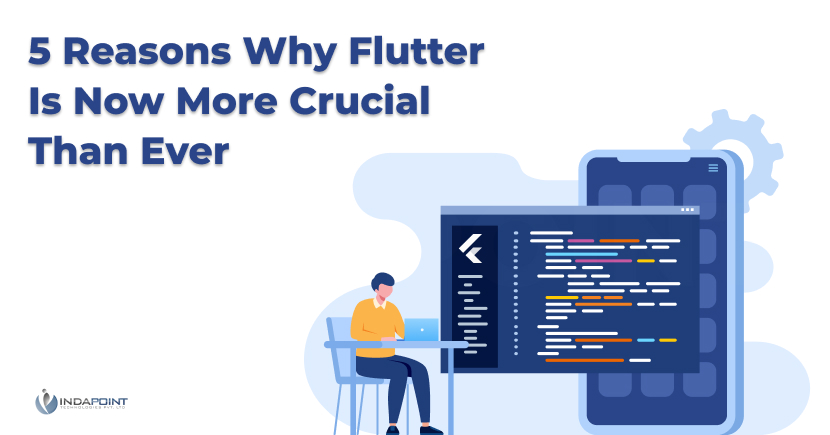
The world of mobile app development is a fast-paced, competitive, and deadline-driven environment. Developers are always on the hunt for new tools, frameworks, and libraries to help them keep up with ever-changing, agile business requirements. The mobile app development company hire flutter developers for better outcomes.
As a result, a number of tech behemoths are developing toolkits to make mobile app development easier with flutter application development services. Flutter development company in india, a promising framework from Google, seeks to make cross-platform app development easier.
Flutter app development company india is one of the most user-friendly platforms. In reality, Flutter boasts in its documentation that no prior programming experience is required to get started. Flutter app development company india and flutter developers are good to go as long as they understand basic programming principles and object-oriented programming ideas.
Furthermore, flutter app development companies offers a user-friendly layout approach that will improve productivity even more. Flutter offers a widget tree-based layout framework, unlike React Native, which requires you to know CSS FlexBox syntax. This means that developers can build widgets in a tree-like data structure without needing to know CSS FlexBox. The widget-tree structure is far more intuitive than CSS FlexBox syntax, allowing a wider range of developers to use Flutter.
Flutter app developers india can give various Dart variables to widgets to arrange them into distinct groups, which will speed up the app development process with Flutter’s layout.What exactly is Flutter?
Flutter is a platform for creating UI components that are ‘Develop Once, Use Anywhere,’ meaning that a single codebase can be used to create a frontend for different platforms (Android and iOS).
A Software Development Kit (SDK) is a set of tools that aid in the development of an app, such as tools for converting code into native machine code (Android and iOS code).
A framework with a user interface library: This is a collection of reusable user interface components (sliders, buttons, text inputs, and so on) that aids in the development of an app with a shorter time-to-market.
Flutter was created using the C, C++, Dart, and Skia Graphic Engine programming languages. Dart is a programming language that is used to create Flutter apps. Dart is a Google-developed object-oriented programming language. Dart is easy to pick up for programmers who have experience with Java or C#.
Benefits of the Flutter Mobile App Development Framework
Flutter has a lot of advantages over other app development frameworks, thus learning more about it is worthwhile. We’ll go over some of the primary benefits of using Flutter in the sections below.
Flutter is open source, which means you can inspect and modify the code.
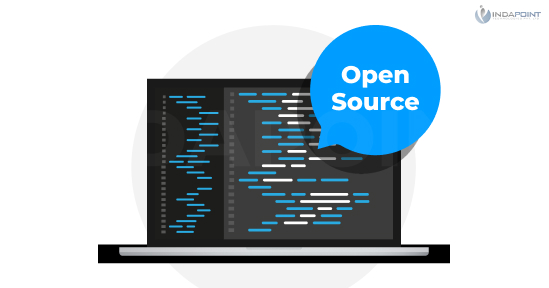
Flutter has gained a lot of popularity as a cross-platform development SDK since its introduction in May 2017. One of the most appealing aspects of Flutter is the ability to inspect and modify the code. For app developers who desire more control over their code base, this makes it an appealing option. Its Material Design UI elements are among my favourite aspects, since they make it simple to create attractive apps in a short amount of time. With one command line tool called “Cross Compile,” the app may be compiled into Android or iOS binaries. Try Flutter if you want to make cross-platform mobile apps!
Flutter has a strong development community.
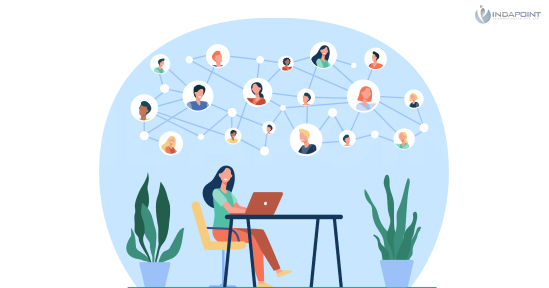
Mobile devices are expected to be the next major leap in technology, therefore developers should have access to all of the tools they need to succeed. That’s why Flutter was born: an open-source SDK for building beautiful mobile apps that work on both iOS and Android. It also has a strong developer community that is dedicated to helping one another succeed with their projects.
Your app can use Flutter to share code across platforms while still taking advantage of platform-specific features like Siri Shortcuts or push notifications on Android, or iMessage stickers on iOS 11+. Flutter supports Material Design and Cupertino (iOS) widgets out of the box, so you don’t have to make compromises while building your user experience. If you do require something unique, Flutter’s adaptable framework allows you to simply enhance our UI components with your own stateful logic and additional aesthetic elements without having to start from scratch each time.
Dart is used by Flutter.
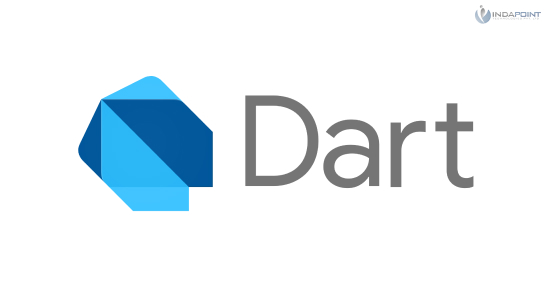
Dart is an object-oriented programming language that supports concurrency and parallelism and has robust compile-time checks. Flutter allows developers to construct high-performing mobile apps that are very simple to use using the Dart programming language. They may implement concurrency and parallelism in their programmes without any bother or danger of error because to the powerful compile-time checks.
You can create for both iOS and Android using the same codebase (no more platform switching!).
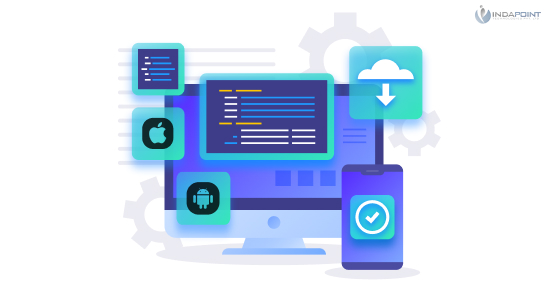
Although Flutter cannot natively import native code such as Java or Kotlin (for Android), it can run any non-Javascript code thanks to the Dart Virtual Machine (DXVM). There are packages available that let you to use both Android and iOS APIs, making cross-platform programming much easier than before! We’ll make an effort to cover a few of them in this article.
You can try out new features without having to recompile your app every time with hot reloading! This means you’ll spend less time waiting for your phone to reboot as a result of a change you made!
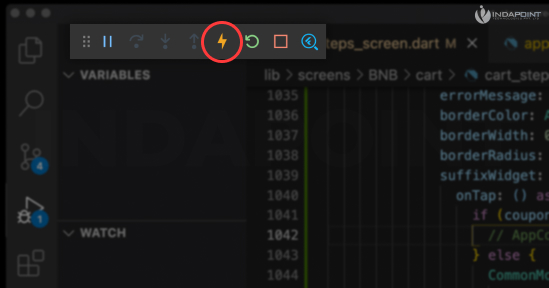
The hot reload functionality in Flutter helps developers save time by allowing them to see changes to their code in near-real time. This helps developers to iterate on their code more quickly, making it easier to design beautiful, high-quality apps.
Flutter’s reactive architecture enables you to develop natural-feeling responsive user interfaces for all devices, including those without a keyboard, such as the Apple Watch. The best thing about flutter is how quickly it speeds up development — you’ll be able to create apps faster than ever before.
Wrapping Up
Both Flutter and React Native are excellent choices for your next mobile app. If you’re searching for a simplified and user-friendly option that allows developers complete control over the design process, Flutter should be your next mobile app project.
Flutter is faster and easier to utilise for developers than React Native. It has a tree-like data structure that is simple to understand and use for project management. Flutter will also make it easier for developers to create designs from scratch because it owns and controls every pixel on the screen. React Native, on the other hand, renders the UI using the iOS and Android operating systems, making it difficult to create distinctive user interfaces. Finally, Flutter is highly portable across a variety of platforms and provides a toolkit that your engineers may use to accomplish practically anything.







